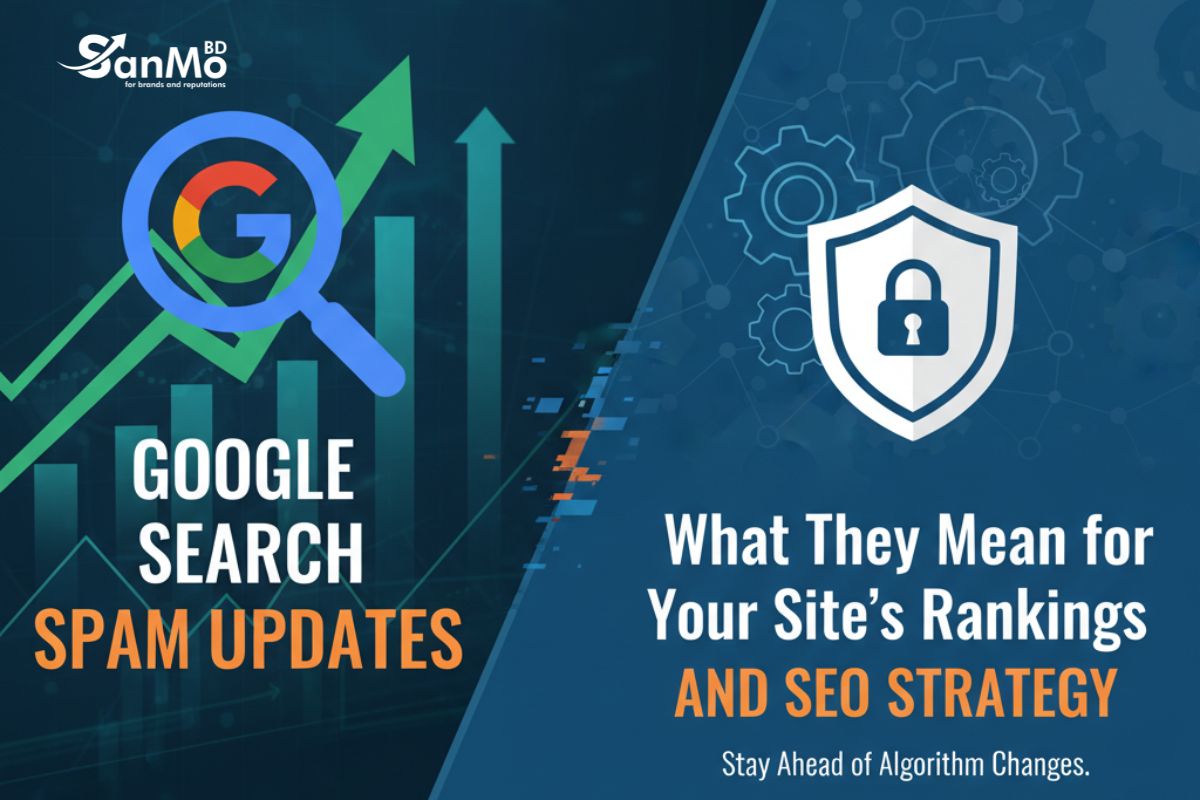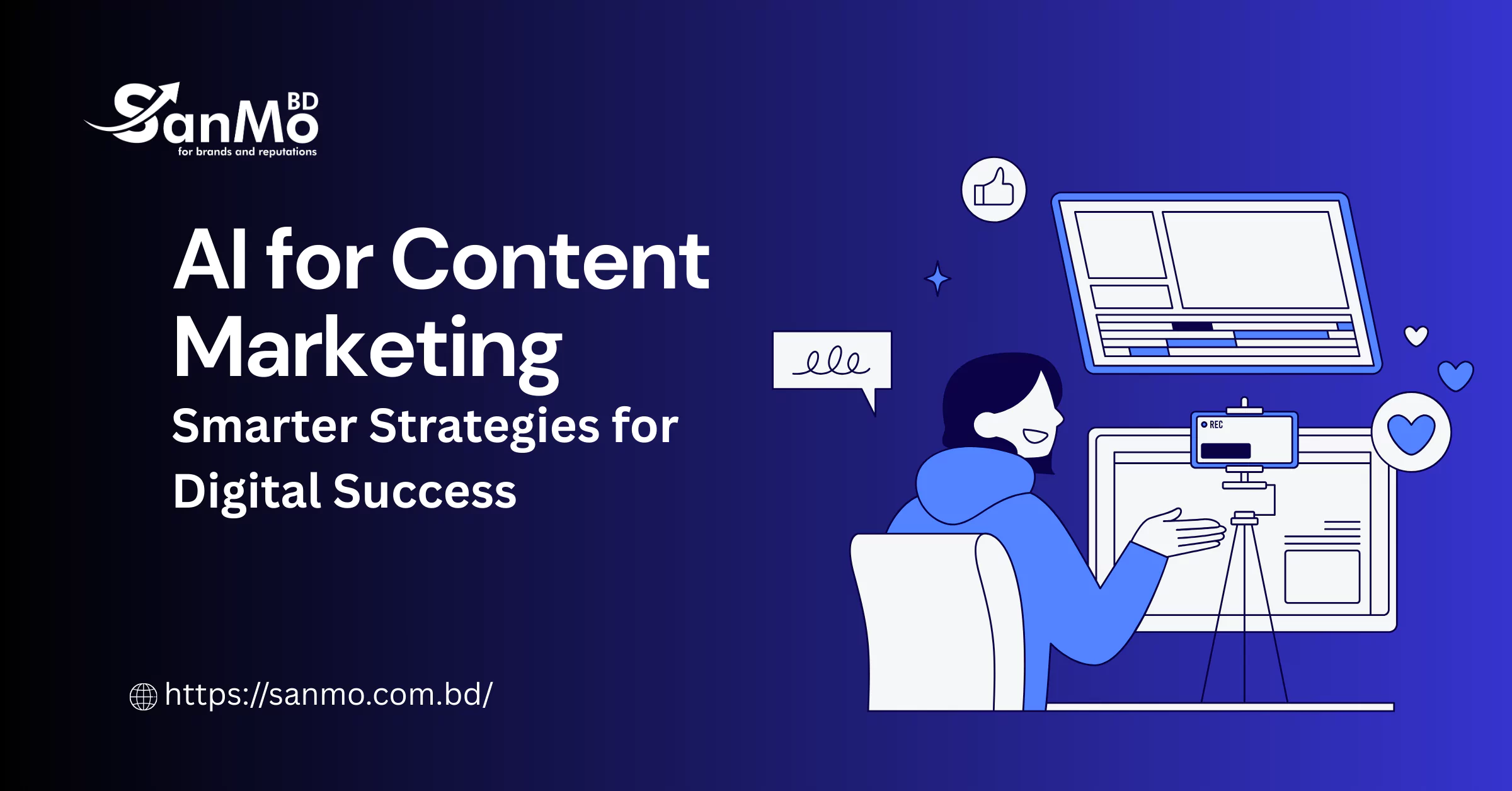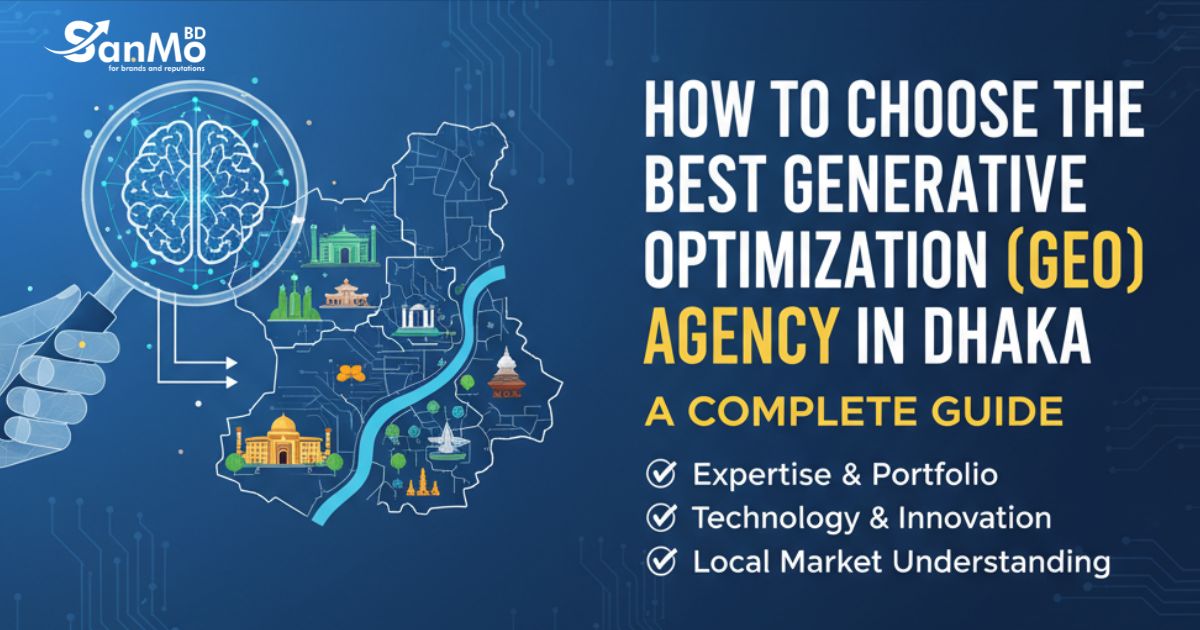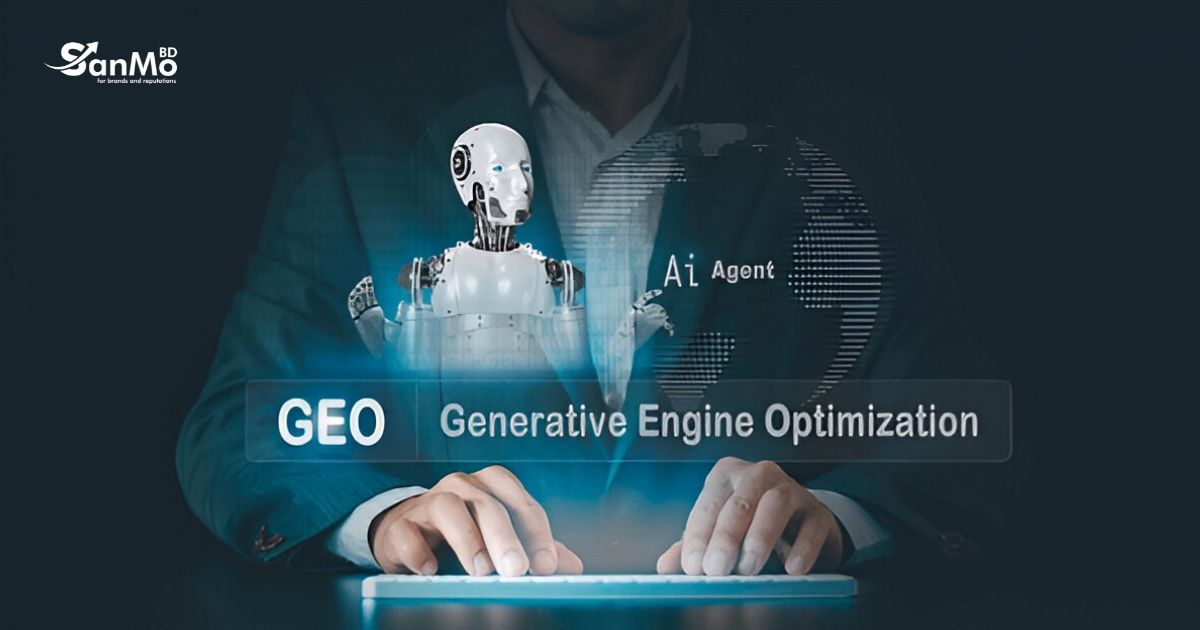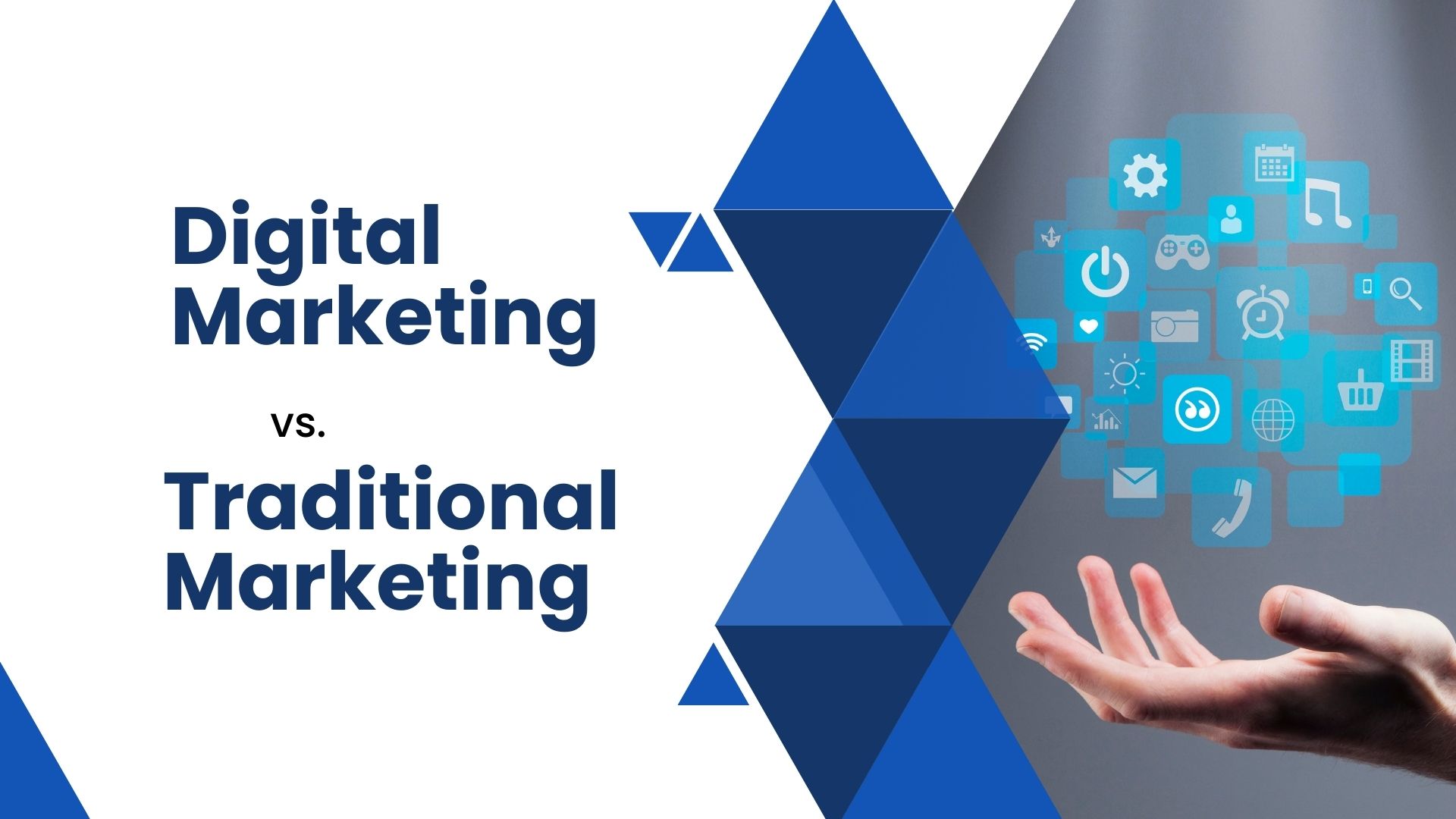AI in SEO: How Machine Learning is Reshaping Digital Marketing
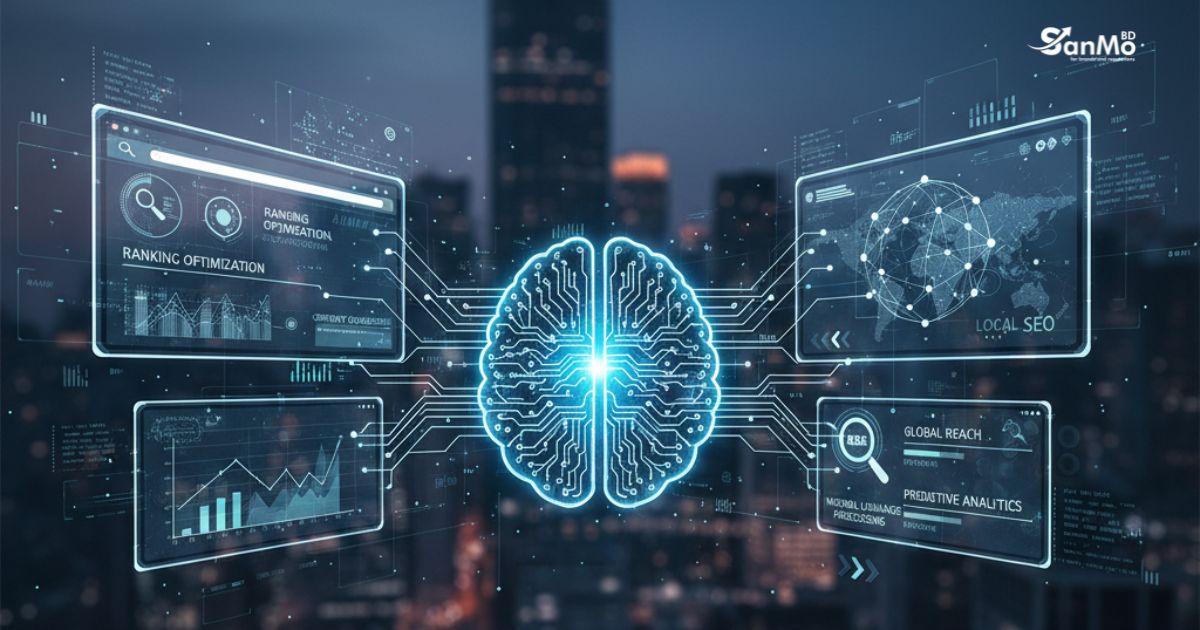
Search engine optimization (SEO) is evolving faster than ever, driven by the growing influence of artificial intelligence (AI) and machine learning technologies. What was once a practice centered around keywords and backlinks has transformed into an intelligent ecosystem powered by data analysis, user intent modeling, and semantic understanding.
Modern or advanced SEO strategies now depend on AI algorithms such as Google RankBrain, BERT (Bidirectional Encoder Representations from Transformers), and MUM (Multitask Unified Model) — all designed to interpret context, meaning, and relationships between concepts more effectively. These innovations allow search engines to deliver personalized, context-aware, and high-quality results based on user behavior and engagement patterns.
Today, mastering AI in SEO means more than optimizing for keywords — it’s about aligning with how Google’s search intelligence systems process and evaluate digital content. From predictive analytics and content generation to automated site audits and voice search optimization, AI tools are reshaping every layer of digital marketing.
This comprehensive guide breaks down how AI-powered SEO tools are revolutionizing content strategy, keyword discovery, technical optimization, and performance tracking. Whether you manage a global enterprise site or a local business website, understanding these AI-driven ranking factors will help you future-proof your SEO strategy and enhance your organic search visibility.
Understanding AI’s Impact on Search Algorithms
Search engines have advanced far beyond keyword matching — they now run on powerful AI systems that understand context, intent, and evolving user behavior. In 2025, Google will use deep learning and neural models to continuously refine how it interprets search queries and content.
The journey began with RankBrain, which taught Google to connect related concepts in ambiguous queries. BERT followed, enabling the algorithm to grasp the meaning of words in context rather than in isolation — fueling semantic SEO. But today, the landscape is far more complex.
Google’s rollout of AI Overviews and AI Mode in 2024–2025 shows how it’s moving toward generative, conversational search experiences. These features combine text, images, and even voice to offer direct answers, reducing the need for users to click through to source pages. Meanwhile, core updates in March and June 2025 have realigned ranking priorities — favoring original, user-centered content enriched with authority, experience, and clarity. And the August 2025 spam update continues the crackdown on low-value or manipulative content, reinforcing Google’s push for quality and trust.
To succeed in this evolving era, modern SEO must go beyond keywords. You must create thoroughly researched, engaging, multimodal content that signals expertise, authenticity, and satisfies real user intent — because Google’s AI algorithms are now tuned to reward depth, clarity, and value.
Core Components of AI-Driven SEO
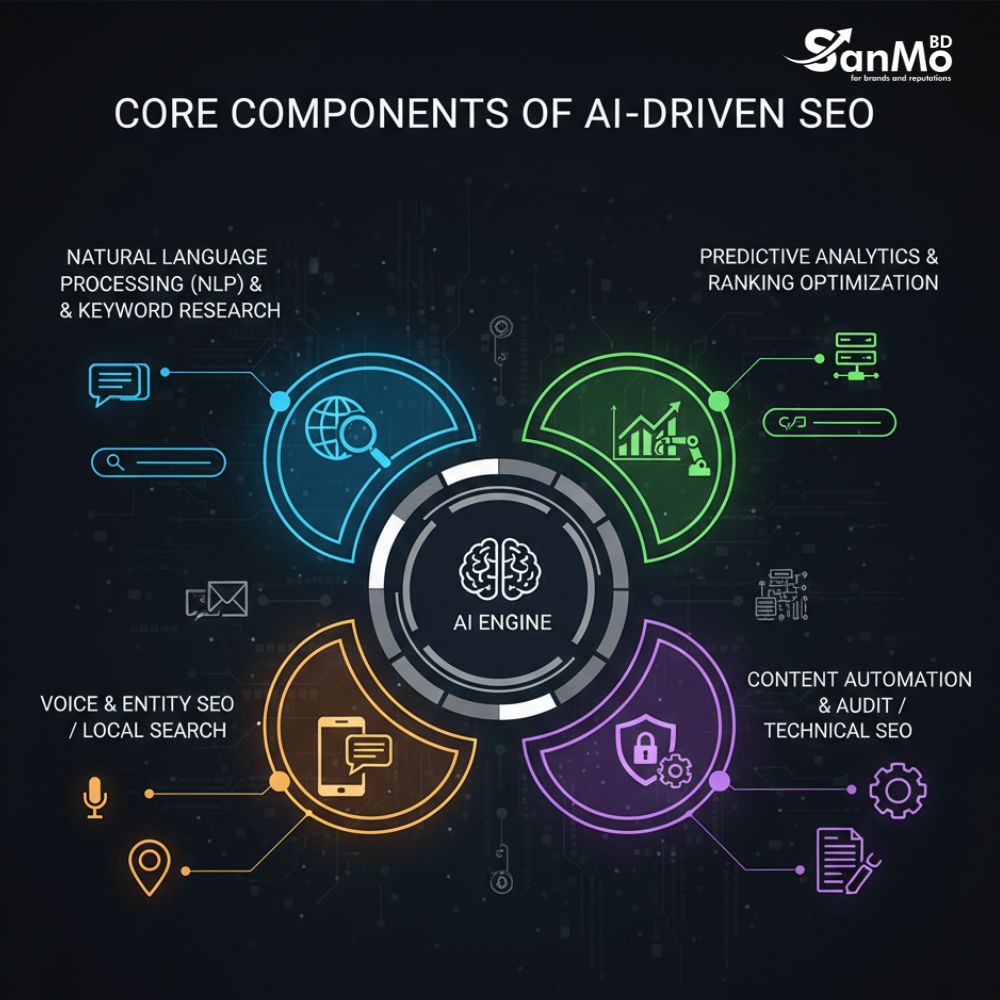
1. Machine Learning in SEO Strategy
Machine learning SEO applications help analyze massive datasets, uncover ranking patterns, and predict future trends. These AI systems process behavioral signals, engagement metrics, and search intent to guide smarter optimization decisions.
A key use is content performance prediction, where AI models evaluate factors such as topical relevance, readability, and past performance to forecast how new content might rank. This lets SEO professionals refine topics, headlines, and structure before publishing.
Another major area is user intent classification. AI now distinguishes between informational, navigational, commercial, and transactional searches with remarkable precision, helping marketers deliver more targeted, satisfying content experiences.
2. Natural Language Processing (NLP) for Contextual Optimization
NLP in SEO allows machines to understand how humans express intent. With Google’s BERT and MUM models, search engines analyze context, tone, and relationships between entities rather than relying on keyword density alone.
Entity recognition helps Google identify people, organizations, and locations, building knowledge graphs that strengthen topical relevance. Semantic understanding ensures your page ranks for related concepts—not just one phrase.
To fully leverage NLP, optimize around topic clusters, contextual linking, and semantic relationships among pages.
3. Predictive Analytics and AI Forecasting
Predictive SEO analytics use AI to forecast search trends and algorithm behavior. These models assess traffic patterns, keyword volatility, and SERP changes to identify when topics are likely to trend.
By combining real-time user data and historical insights, AI helps businesses stay ahead of updates and adapt content before ranking drops occur. This makes predictive SEO a powerful weapon in future-proofing visibility.
4. Computer Vision and Visual Search Optimization
AI now goes beyond text analysis. Through computer vision, Google can interpret and rank images, videos, and graphics more intelligently. The MUM and Gemini models allow Google to process visual and textual data together — shaping the era of multimodal search.
To optimize, use alt text, structured image data, captions, and image entities that clarify context. Visual optimization helps brands rank higher in Google Images, shopping results, and AI Overviews.
5. Personalization and Behavioral Search Optimization
AI personalization tailors search results based on each user’s browsing history, device type, and location. Google’s user-centric ranking systems use engagement signals such as dwell time, CTR, and return visits to personalize SERPs.
For SEO, this means crafting adaptable content that resonates with segmented audiences. AI-driven personalization can increase relevance, retention, and conversion rates by aligning with individual user intent.
6. AI Automation and Scalable SEO Workflows
AI automation streamlines repetitive SEO tasks such as technical audits, metadata generation, backlink monitoring, and content gap analysis. Tools powered by generative AI can now produce schema markup, internal links, and optimized outlines automatically.
This integration allows SEO teams to scale content production while maintaining consistency and quality. Automation complements human creativity by handling data-driven, time-intensive processes.
7. Voice and Multimodal Search Optimization
The rise of voice search and AI-powered assistants (Gemini, Siri, Alexa) requires conversational optimization. Google’s latest updates prioritize natural language queries, concise answers, and contextually rich content.
Multimodal search blends voice, text, and images — requiring businesses to ensure their content is machine-readable, conversational, and context-aware.
AI Tools for SEO: Essential Platforms and Technologies
Content Creation and Optimization Tools
Modern AI writing assistants can generate content ideas, create outlines, and even produce complete articles based on specific requirements. Tools like GPT-based platforms analyze top-ranking content and suggest improvements for better search visibility.
Smart content optimization platforms use AI to analyze competitor content, identify content gaps, and recommend topics that are likely to rank well. These tools consider factors like search volume, competition level, and user engagement metrics to prioritize content creation efforts.
Real-time content scoring systems provide immediate feedback on content quality, readability, and SEO potential. They analyze factors like keyword density, topic coverage, and content structure to suggest specific improvements.
Technical SEO Automation
AI-powered crawling tools can automatically identify technical SEO issues across large websites. These systems detect problems like broken links, duplicate content, page speed issues, and mobile usability problems more efficiently than manual audits.
Automated schema markup generators use AI to understand page content and suggest appropriate structured data implementations. This capability helps websites provide better information to search engines and improve their chances of earning rich snippets.
Performance monitoring platforms use machine learning to identify unusual traffic patterns, ranking fluctuations, and potential technical issues before they significantly impact search visibility.
Keyword Research and Analysis
AI keyword research tools analyze search patterns, user behavior, and content performance to identify high-value keyword opportunities. These platforms can discover long-tail keywords, question-based queries, and emerging trends that traditional tools might miss.
Intent clustering algorithms group related keywords based on user intent rather than just semantic similarity. This approach helps create more comprehensive content strategies that address user needs holistically.
Competitive analysis tools use AI to understand competitor content strategies, identify their keyword targets, and reveal opportunities for differentiation.
Semantic SEO: Optimizing for Context and Intent
Semantic SEO represents a fundamental shift from keyword-centric optimization to topic-based content strategies. This approach aligns perfectly with how AI-powered search engines understand and rank content.
Topic modeling algorithms help identify the concepts and themes that search engines associate with specific queries. By understanding these relationships, content creators can develop more comprehensive and authoritative content that covers related subtopics naturally.
Entity optimization involves ensuring that your content clearly identifies and contextualizes important people, places, organizations, and concepts related to your topic. Search engines use this information to understand content relevance and authority.
Content depth and breadth have become crucial ranking factors. AI systems evaluate whether content comprehensively addresses a topic by analyzing the range of related concepts, questions, and subtopics covered within a piece.
Smart Content Optimization Strategies
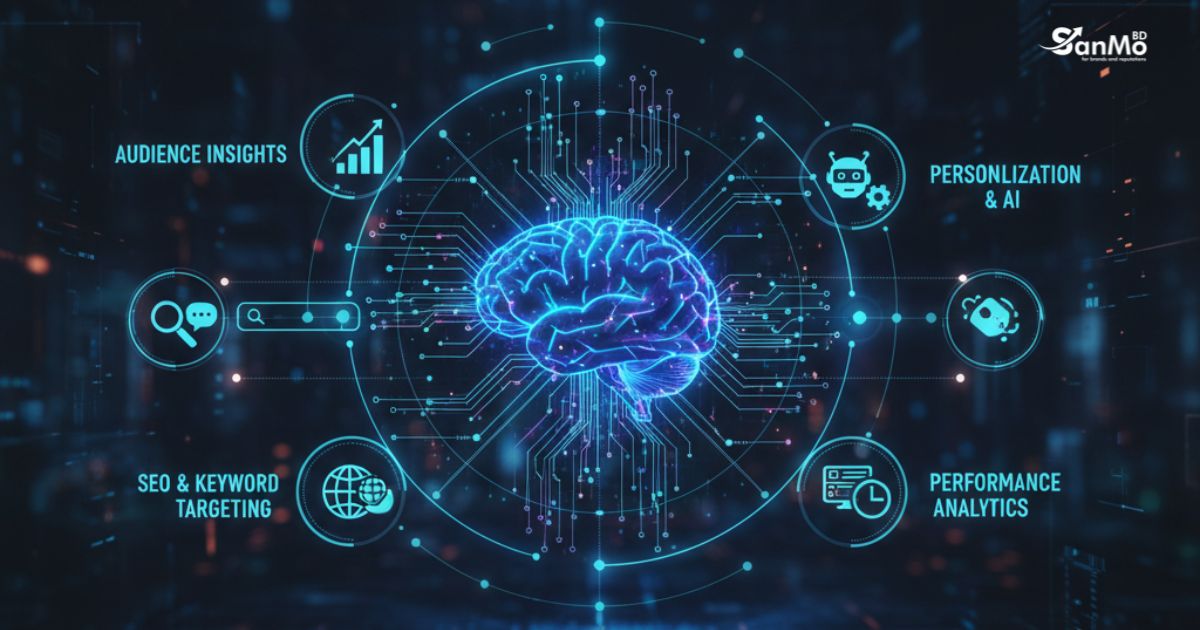
AI-Enhanced Content Planning
Modern content planning leverages AI to identify content opportunities based on search trends, competitor gaps, and user behavior patterns. These systems can predict which topics are likely to gain traction and recommend optimal publishing schedules.
Content clustering strategies use AI to identify related topics that should be covered together to demonstrate topical authority. This approach helps create content hubs that perform better in search results than isolated articles.
Performance prediction models analyze various content factors to forecast potential search performance before publication. This capability allows teams to refine their content strategy and resource allocation more effectively.
Dynamic Content Personalization
AI enables real-time content personalization based on user behavior, search history, and demographic information. While maintaining SEO best practices, personalized content can improve user engagement metrics that influence search rankings.
Adaptive content systems can automatically adjust content presentation, structure, and even topics based on user preferences and search patterns. This capability helps maintain relevance as user behavior evolves.
Multi-variant testing platforms use AI to continuously optimize content elements like headlines, meta descriptions, and call-to-action placement to improve both user engagement and search performance.
Generative Engine Optimization: Preparing for AI Search
Generative Engine Optimization (GEO) represents the next frontier in SEO strategy. As search engines increasingly provide AI-generated answers and summaries, optimizing content for these systems becomes crucial.
Structured content formatting helps AI systems extract and present information more effectively. Using clear headings, bullet points, and logical content organization increases the likelihood of content being featured in AI-generated responses.
Answer optimization involves crafting content that directly addresses common questions in a format that AI systems can easily parse and present to users. This includes providing clear, concise answers while maintaining comprehensive topic coverage.
Source attribution and credibility signals become even more important in GEO, as AI systems need to verify information accuracy before presenting it to users.
Dig Deeper: What is Generative Engine Optimization (GEO)?
Measuring AI SEO Success
Advanced Analytics and Reporting
AI-powered analytics platforms provide deeper insights into user behavior, content performance, and optimization opportunities. These tools can identify patterns and correlations that traditional analytics might miss.
Predictive analytics capabilities help forecast future performance based on current trends and historical data. This information enables proactive strategy adjustments rather than reactive responses to performance changes.
Attribution modeling becomes more sophisticated with AI, helping teams understand the complete customer journey and the role of different touchpoints in conversion processes.
Performance Optimization Loops
Continuous optimization systems use AI to automatically test and implement improvements based on performance data. These platforms can adjust various elements like meta descriptions, internal linking, and content structure to improve results.
Real-time monitoring capabilities alert teams to significant changes in rankings, traffic, or user behavior, enabling quick responses to both opportunities and threats.
Competitive benchmarking tools use AI to continuously monitor competitor strategies and identify areas where your content strategy could be improved or differentiated.
Future Trends in AI SEO
Emerging Technologies
Voice search optimization continues to evolve as AI assistants become more sophisticated. Natural language queries require content strategies that address conversational search patterns and question-based keywords.
Visual search capabilities are expanding rapidly, requiring optimization strategies that consider image content, alt text, and visual context as ranking factors.
Multimodal search experiences that combine text, images, video, and audio content are becoming more common, necessitating integrated optimization approaches.
Industry Evolution
The integration of AI in SEO tools will continue to deepen, with more sophisticated automation and predictive capabilities becoming standard features rather than premium offerings.
Regulatory considerations around AI transparency and data privacy will influence how AI SEO tools collect, process, and utilize user data for optimization purposes.
Skills development in AI SEO will become essential for digital marketing professionals, requiring continuous learning and adaptation to new technologies and methodologies.
Embracing the AI-Powered SEO Future
The integration of AI in SEO represents a fundamental shift toward more intelligent, efficient, and effective optimization strategies. Organizations that embrace these technologies now will have significant advantages as AI becomes even more central to search engine functionality.
Success in modern SEO strategies requires balancing traditional optimization fundamentals with cutting-edge AI capabilities. This means maintaining focus on user experience and content quality while leveraging machine learning tools for deeper insights and automation opportunities.
The future belongs to marketers who can effectively combine human creativity and strategic thinking with AI-powered analysis and optimization. Start experimenting with AI tools for SEO today, but remember that technology should enhance rather than replace sound SEO principles.
As search engines continue evolving their AI capabilities, staying informed about developments in semantic SEO, generative engine optimization, and smart content optimization will be crucial for maintaining a competitive advantage. The investment in understanding and implementing advanced AI SEO strategies today will pay dividends as these technologies become the standard for digital marketing success.
Frequently Asked Questions
How does AI impact traditional SEO practices?
AI enhances rather than replaces traditional SEO practices. While fundamental principles like creating quality content and optimizing technical elements remain important, AI provides more sophisticated tools for keyword research, content optimization, and performance analysis. The main change is the shift from manual, intuition-based decisions to data-driven strategies supported by machine learning insights.
What are the best AI tools for SEO beginners?
Beginners should start with user-friendly platforms like Surfer SEO for content optimization, Clearscope for topic research, and MarketMuse for content planning. These tools provide AI-powered insights without requiring extensive technical knowledge. Free options include Google’s Search Console insights and Answer The Public for question-based keyword research.
How can small businesses implement AI SEO strategies?
Small businesses can start by using affordable AI tools for keyword research and content optimization. Focus on long-tail keywords and local search optimization, where AI can provide significant advantages. Many AI SEO tools offer scalable pricing plans that make advanced optimization accessible to smaller budgets.
Will AI replace SEO professionals?
AI will augment rather than replace SEO professionals. While AI excels at data analysis and pattern recognition, human expertise remains essential for strategy development, creative content creation, and understanding business context. The role will evolve to focus more on strategic thinking and AI tool management.
How do I optimize for voice search using AI?
Voice search optimization involves targeting conversational keywords and question-based queries. AI tools can help identify natural language patterns and long-tail keywords that people use in voice searches. Focus on local SEO, featured snippets, and content that answers specific questions clearly and concisely.
What is the difference between traditional SEO and AI SEO?
Traditional SEO relies primarily on manual analysis and rule-based optimization techniques. AI SEO uses machine learning algorithms to analyze larger datasets, predict performance, and automatically optimize various elements. This is more dynamic, data-driven, and capable of handling complex pattern recognition that would be impossible manually.
